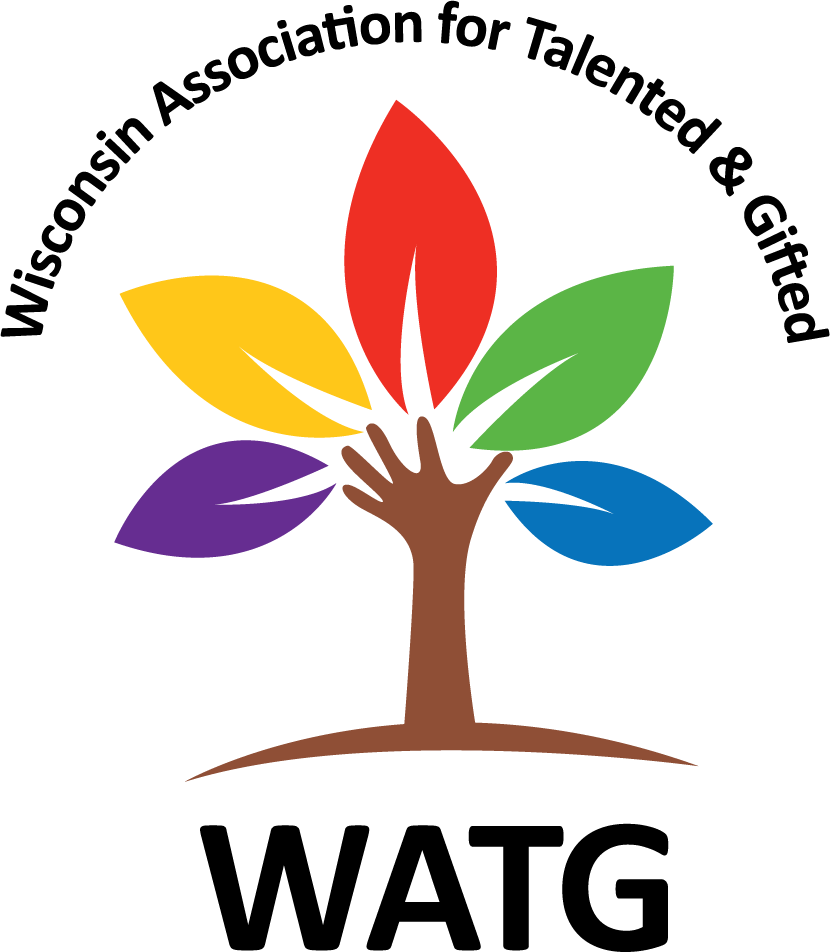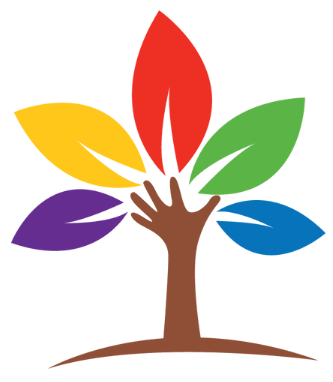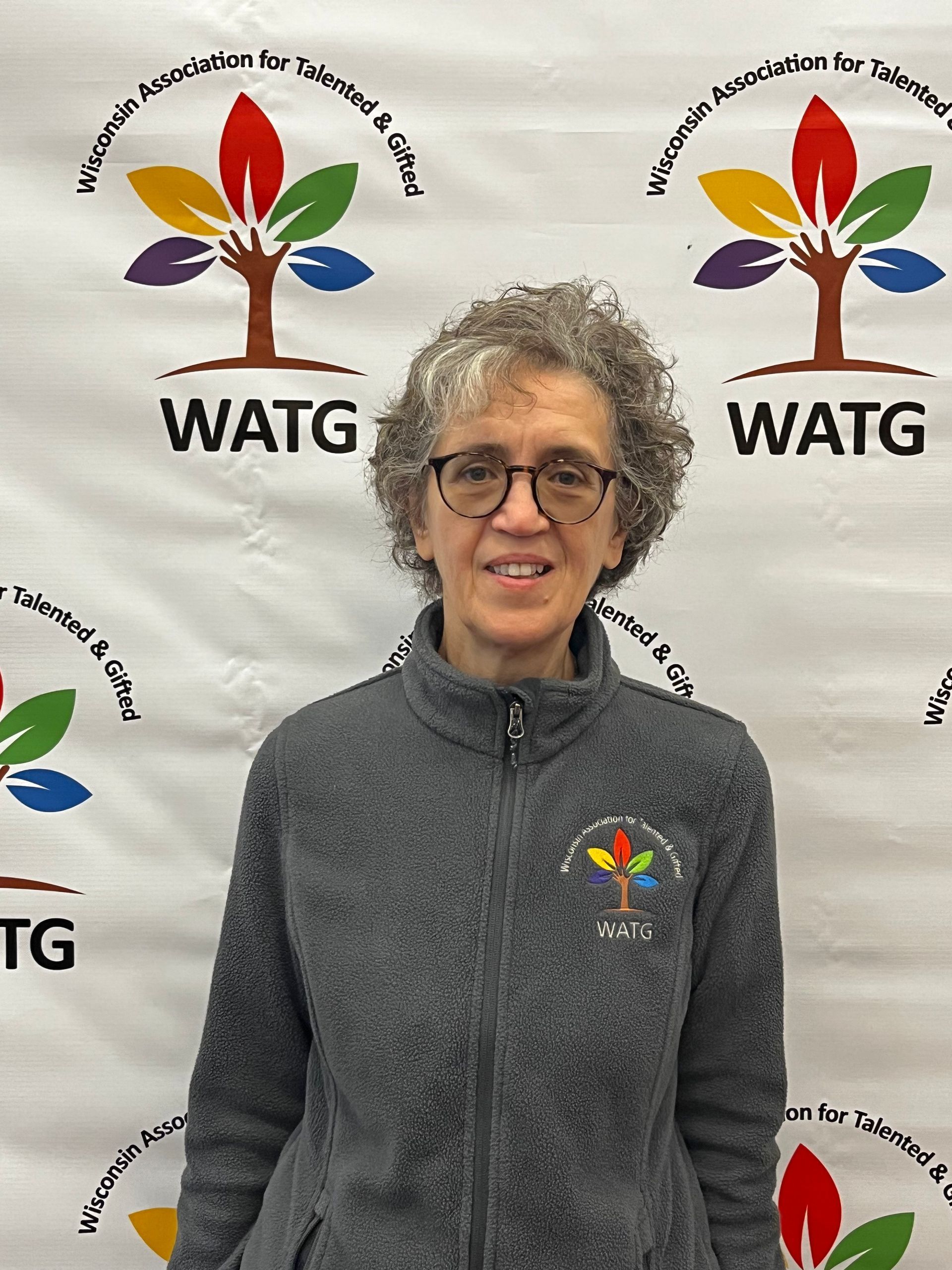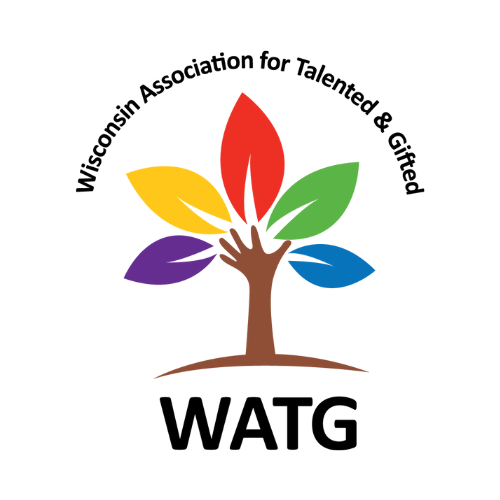Can Perfectionism Be Healthy?
In my decades of running Parent to Parent: Sharing Your Wisdom workshops with parents and caregivers of gifted children and adolescents, and working with their educators, one theme always comes up. Perfectionism and its accompanying stress is always a topic of great concern.
It is no surprise that many gifted children, adolescents, and adults (yes, us too!) seek to be perfect. Our minds and hearts are capable of imagining great things, and sometimes our skills simply do not measure up. With this conundrum often comes frustration, anger, self-criticism, and despair.
Our youngest children may cry, tear things up, melt down, or call themselves “stupid.” Our adolescents may choose more spicy language, refuse to try, or construct complex avoidance mechanisms. Additionally, they may be at risk for obsessive-compulsive disorders, eating disorders, anxiety and depression, and suicidal thoughts. These behaviors, left unchecked, can eventually produce adults who are unwilling to budge out of their comfort zone for fear of failure or revelation of imperfection. Additionally, some adults may see themselves as imposters, and fear that others will discover their ineptitude. In this sense, perfectionism can be debilitating.
However, what if we viewed perfectionism more like cholesterol – it can be both good and bad for us? While it is easy to spot the negative consequences of perfectionism, parents/caregivers and educators can do many things to encourage healthy perfectionism.
What if we began to treat healthy perfectionism as desirable? First of all, we will need to define healthy perfectionism. Healthy perfectionism, (sometimes known as adaptive perfectionism), celebrates striving for excellence and setting high standards. However, this is accomplished while maintaining a positive outlook, focusing on the learning and personal growth, and viewing mistakes as opportunities for improvement, rather than as failures or catastrophes. We need to reframe FAIL as First Attempts at Learning, and employ the usage of the words “not yet” and with gentle affirmation and encouragement to keep trying.
Dr. Carol Dweck, Stanford University Professor, is often recognized for her pioneering work surrounding growth mindset and its relationship to perfectionism. A growth mindset is the belief that intelligence and abilities are not innate; instead they can be cultivated through learning, effort, and persistence. When children or adults begin a new and often difficult task (for example, playing a musical instrument), they must concede that they will only become better with time, continued effort, and perseverance. Along with this comes a greater focus on the process of learning, not the final product. As educators and caregivers, we need to celebrate steps along the way. Instead of focusing on grades, we need to ask children, “What did you learn along the way?” or “What could you do differently next time to get the results you desired?”
We also owe it to our children and ourselves to investigate the benefits and costs of perfectionism. At times, we adults unwittingly model perfectionism. In admitting our mistakes and sharing our imperfections, we model how to gracefully accept failure and move forward. Our high expectations should focus more on human qualities such as effort, integrity, generosity, and empathy.
In his article,
Perfectionism: How to Avoid the Pitfalls, Dr. Kenneth R. Ginsburg, MD, MS, Ed., FAAP, suggests that adults have thoughtful conversations with children and other adults about what success (and perfectionism, its cousin) look like, feel like, and sound like. I believe these are worthy topics for all of us to consider. I have reimagined these as questions to help in conversation.
- What are the similarities and differences between happiness and contentment? How good is “good enough”?
- How important is commitment to hard work, determination, and perseverance to perfection? Are there any shortcuts?
- What role does/should resilience play in our lives?
- What role does/should generosity play in our lives?
- How and why are compassion and empathy important (for ourselves and others)?
- What fuels our desire to contribute? Is it healthy?
- How does perfectionism affect our capacity to build and maintain meaningful relationships?
- How important is being able to collaborate and work well with others? Why?
- Why do we need a respect for diversity of gifts and talents?
- How important is creativity and innovative potential?
- How do we hone our capacity to accept and learn from constructive criticism?
- How can we learn to gracefully be accountable for our actions, and make amends when needed?
- Other ideas, your choice?
Above all, we can help ourselves and others appreciate mistakes as ways to learn and grow. We need to reframe mistakes as opportunities in disguise!
And so, in closing, to “perfect this article 🙂,” I have “lagniappe” for you. (Lagniappe comes from the Louisiana French, ultimately derived from
Quechua, meaning “something added,” a small, unexpected, or gratuitous gift or benefit). Here are some ideas to help you talk about perfection. When talking about it to children, I often share the book by Charlotte Folz Jones,
Mistakes That Worked: The World's Familiar Inventions and How They Came to Be. This delightful book helps to normalize mistakes and celebrate imperfection. It gives us hope. Additionally, when talking about imperfection to adolescents and adults, I often reference the Japanese art of kintsugi. Kintsugi is the art of repairing broken pottery with lacquer and gold, silver, or platinum. The word kintsugi translates to “golden joinery”. When we pursue perfection, we will make mistakes, but these mistakes, fortunately, can be repaired, and often the process, the “golden joinery” makes us a stronger, better person. Good luck on your journey to harness perfection!
As always, I welcome your ideas. Together we grow.
By Jackie Drummer, WATG Past President and Current Board Advisor











